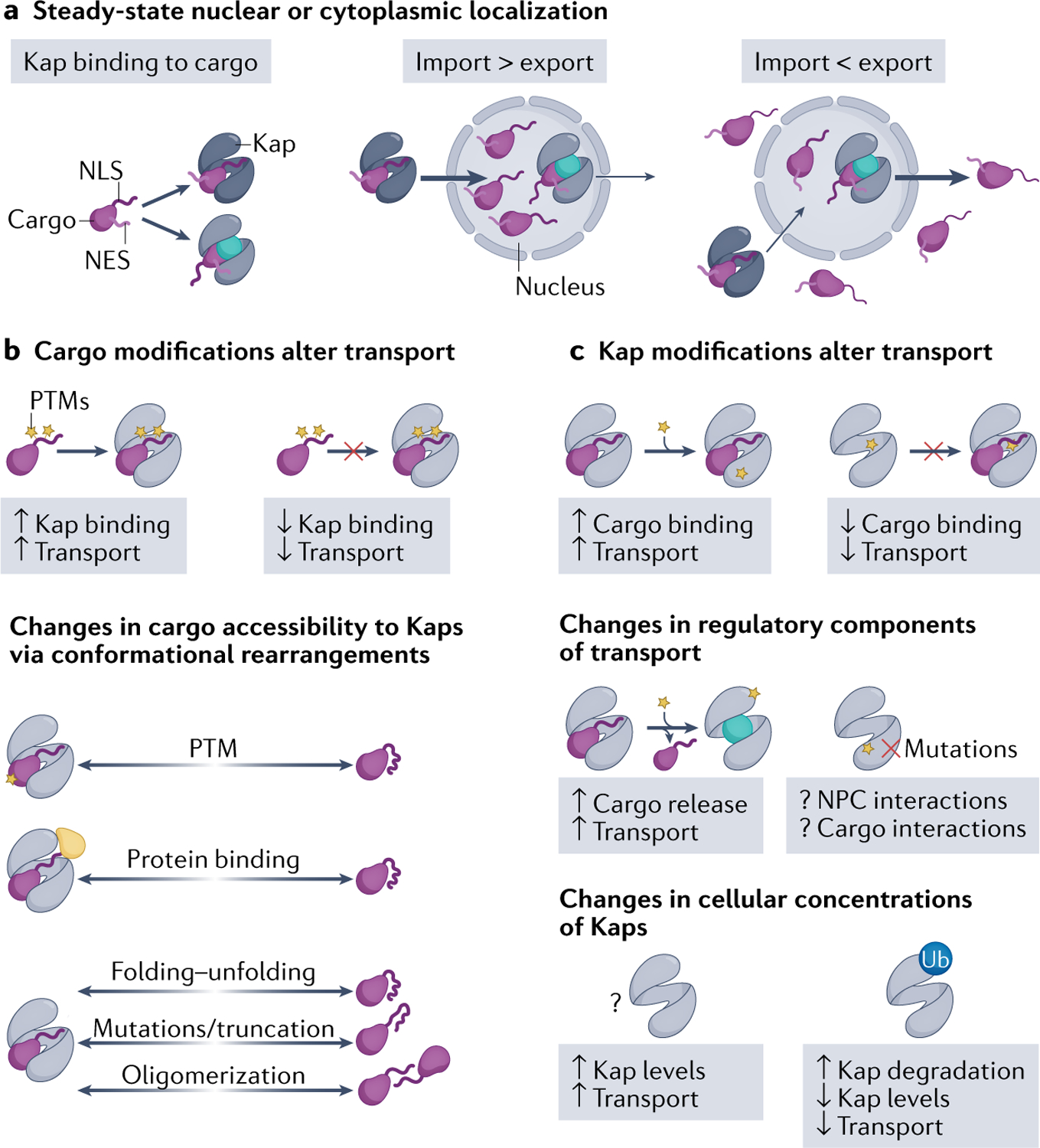Fig. 4 |. Regulation of Kap–cargo interactions.

a | At steady state, cellular localization of cargo depends on whether the nuclear import or export flux is stronger. Overall transport flux can change due to various modifications on either particular cargoes (part b) or the Karyopherins (Kaps) that may affect transport of some or all cargoes (part c). b | Cargo modifications include post-translational modifications (PTMs), binding to a protein partner, mutations/truncations and changes to protein folding–unfolding and to cargo oligomerization state. PTMs can either activate or inactivate nuclear localization/export signals and directly affect Kap–cargo affinity to increase or decrease transport. Cargo modifications can also indirectly affect Kap–cargo affinity, by inducing conformational changes in the cargoes that then alter accessibility of the cargo elements that bind Kaps. c | Changes to Kaps that control transport flux include PTMs of Kaps and changes in Kap expression levels. PTMs of Kap can directly affect Kap–cargo binding affinities. PTMs can also alter Kap interactions with other regulatory components of transport, such as RAN–GTP, nucleoporins and other Kaps. Overall traffic can also be regulated by changes in Kap expression levels, whether physiological regulation by PTMs or aberrant accumulation in cancers and disease. NES, nuclear export signal; NLS, nuclear localization signal; NPC, nuclear pore complex; Ub, ubiquitylation.
